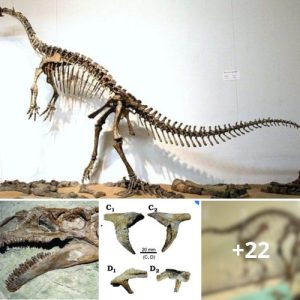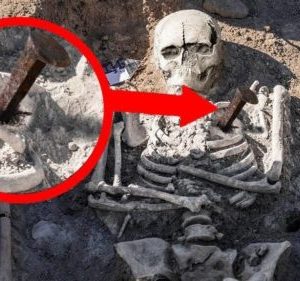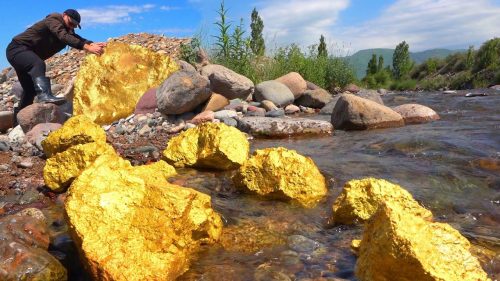
In the annals of human history, few elements have captured the imagination and driven the pursuit of wealth like gold. This precious metal has been the catalyst for exploration, colonization, and the rise of great civilizations. The allure of gold continues to endure, and for many, the dream of striking it rich remains a tantalizing possibility. One of the most traditional and romantic methods of seeking gold is by prospecting in streams and rivers. In this article, we will explore the world of gold prospecting, the tools and techniques involved, and the rewards and challenges that come with unearthing these valuable treasures.
The Allure of Gold Prospecting
Gold prospecting is more than just a hobby; it’s a passion for those who pursue it. The idea of venturing into the great outdoors, panning for gold in crystal-clear streams, and finding nuggets that gleam like treasures from a pirate’s chest is a dream that has lured people for centuries. But beyond the allure of adventure, gold prospecting offers the potential for real financial gain.
Historically, gold rushes have reshaped the course of history, from the California Gold Rush in the mid-1800s to the Klondike Gold Rush of the late 1800s. These events turned ordinary individuals into overnight millionaires, fueled migration to remote areas, and played a pivotal role in shaping the landscape of North America. While such monumental discoveries are rare today, the prospect of finding gold in streams and rivers still holds a unique appeal.
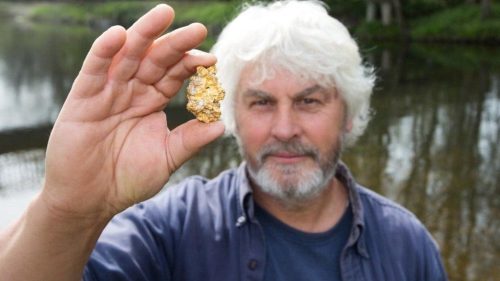
Tools of the Trade
Gold prospecting is a skill that requires a combination of knowledge, experience, and the right tools. Here are some essential tools of the trade:
1. Gold Pans:
The iconic gold pan is a shallow, flat-bottomed dish with sloping sides. It’s designed to separate gold from other sediments through the process of panning. As prospectors swirl a mixture of water, sand, and gravel in the pan, the denser gold particles settle at the bottom, while lighter materials are washed away.
2. Sluice Boxes:
A sluice box is an essential piece of equipment for serious gold prospectors. It consists of a long, narrow box with riffles or obstructions in the bottom. When water flows through the sluice, it captures and retains gold particles while allowing other sediments to wash away.
3. Metal Detectors:
Metal detectors can be valuable tools for locating gold nuggets that are buried in the ground or hidden in crevices. Advanced models are sensitive enough to detect even tiny pieces of gold.
4. Sniffer Bottles and Suction Dredges:
Sniffer bottles are used to extract fine gold particles from your pan, while suction dredges are more advanced tools for prospecting in deeper water. They use a vacuum system to suck up material from the riverbed and separate the gold.
5. Maps and Research:
Knowledge is power in gold prospecting. Studying geological maps, historical records, and local knowledge can help you identify potential gold-bearing areas.
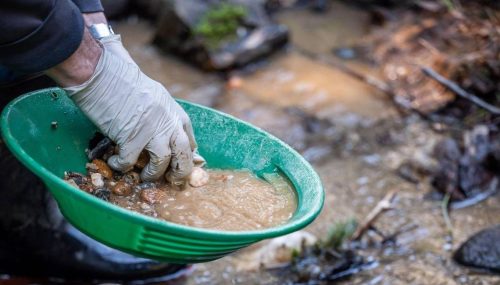
Prospecting Techniques
Gold prospecting is not just about luck; it’s a skill that requires knowledge and patience. Here are some techniques to improve your chances of finding gold:
1. Research Your Location:
Start by selecting a promising location. Research the geological history of the area, check for any historical gold mining activities, and use geological maps to identify potential gold-bearing streams and rivers.
2. Sample the Area:
Before committing to a spot, take samples from different areas to test for the presence of gold. Use your gold pan or a small sluice box to process these samples.
3. Follow the Water:
Gold is heavy, and it tends to settle in areas where water slows down, such as inside bends of streams or in eddies. Look for natural traps where gold might accumulate.
4. Learn to Read the River:
Understanding how water moves and shapes the landscape can help you predict where gold might be deposited. Pay attention to the way sediment and gravel are distributed.
5. Be Patient and Persistent:
Prospecting for gold is not a get-rich-quick scheme. It requires dedication and a willingness to spend time in the field, learning from both successes and failures.
Challenges and Regulations
While gold prospecting can be a rewarding endeavor, it’s not without its challenges. Here are some common issues prospectors may encounter:
1. Environmental Impact:
Gold prospecting can have environmental consequences, such as sedimentation of rivers and damage to aquatic habitats. It’s crucial to prospect responsibly and follow local regulations.
2. Ownership and Permitting:
In many places, mineral rights are privately owned, and prospecting without permission can lead to legal issues. Always obtain the necessary permits and respect private property boundaries.
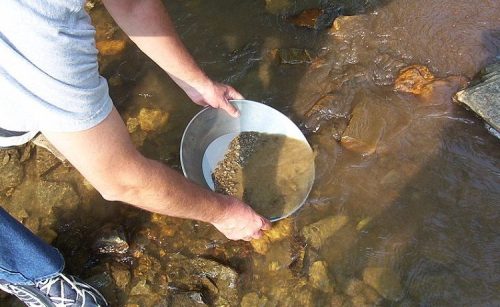
3. Competition:
Popular gold-bearing areas can become crowded with prospectors, making it more challenging to find untouched ground. Be prepared to compete for the best spots.
Conclusion
Gold prospecting in streams and rivers is more than a pastime; it’s a timeless pursuit that connects us to the adventurous spirit of the past. While striking it rich may be elusive, the thrill of discovery, the beauty of nature, and the potential for finding gold nuggets continue to draw people to this captivating hobby. Remember, whether you’re a seasoned prospector or a novice with a dream, the key to success lies in knowledge, patience, and a deep appreciation for the natural world. So, don your boots, grab your pan, and embark on your own journey to unearth wealth in the shimmering waters of rivers and streams.

